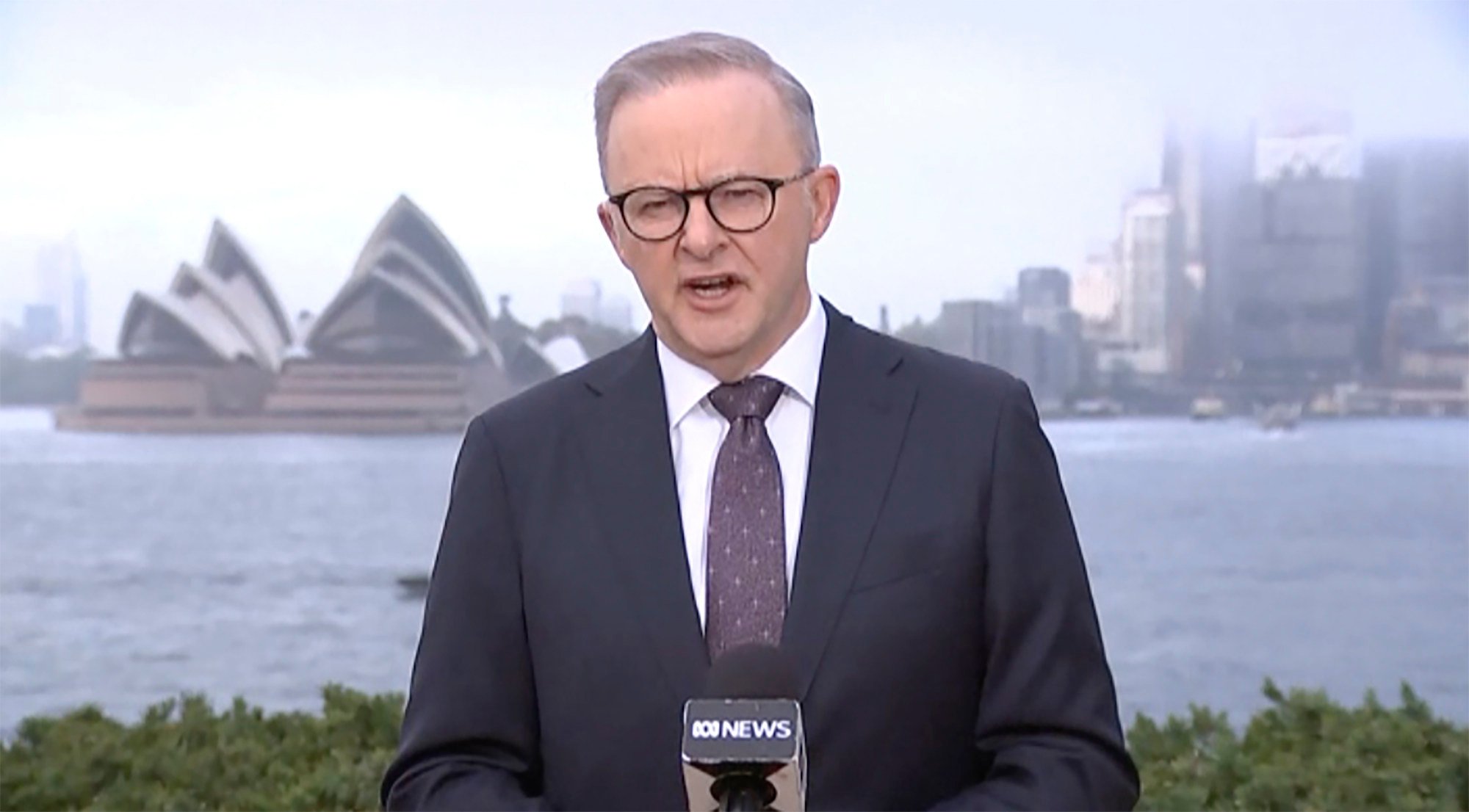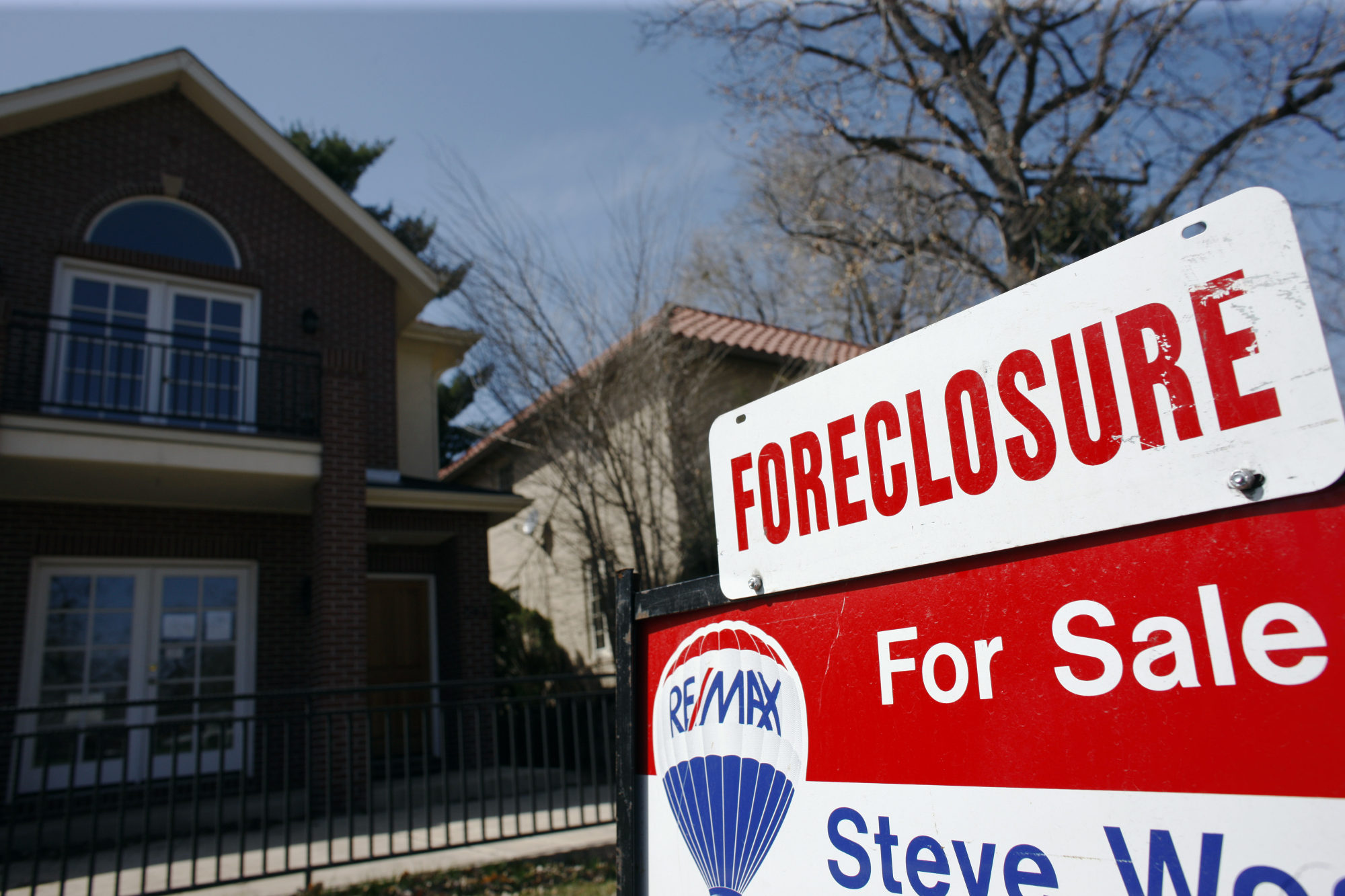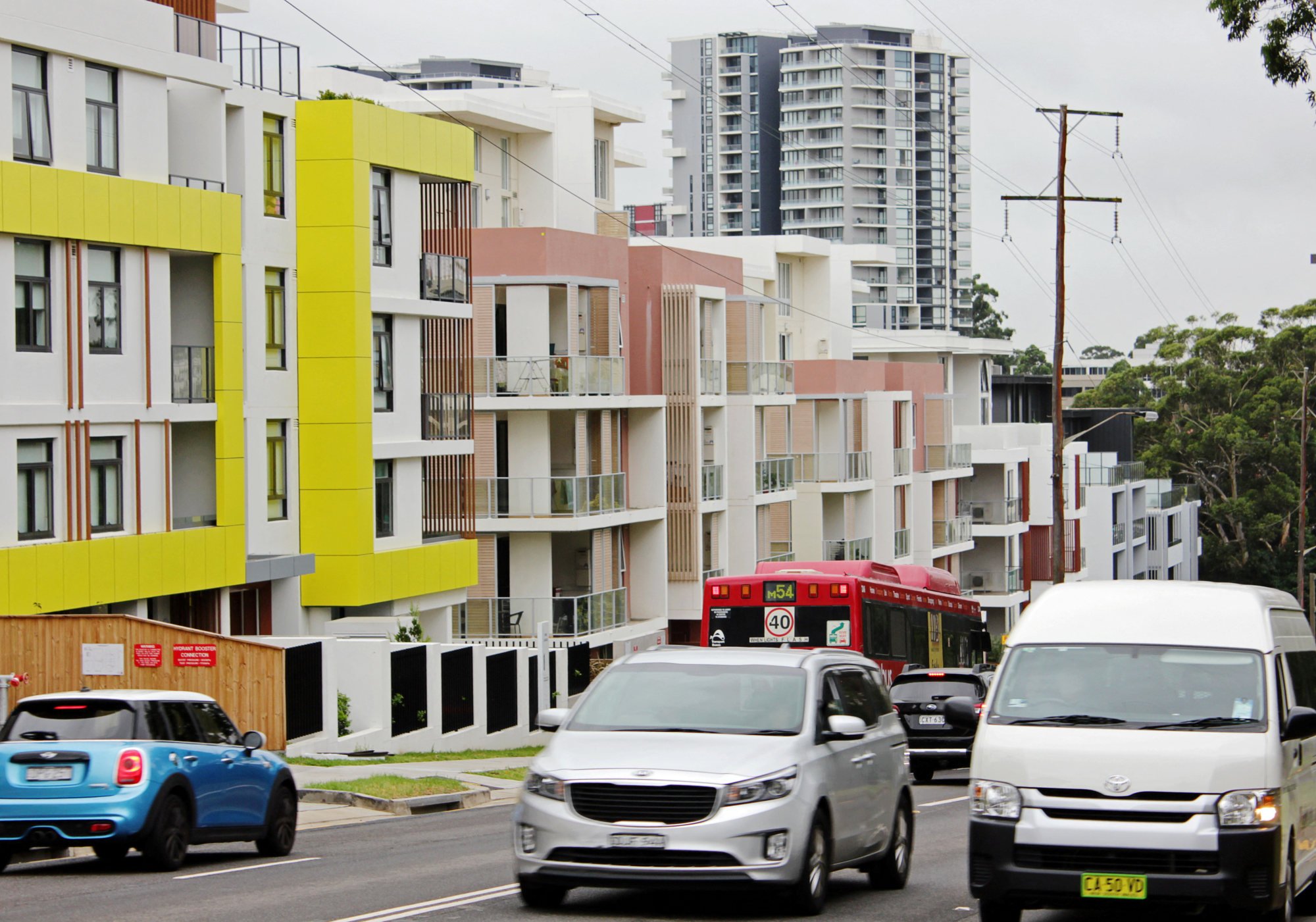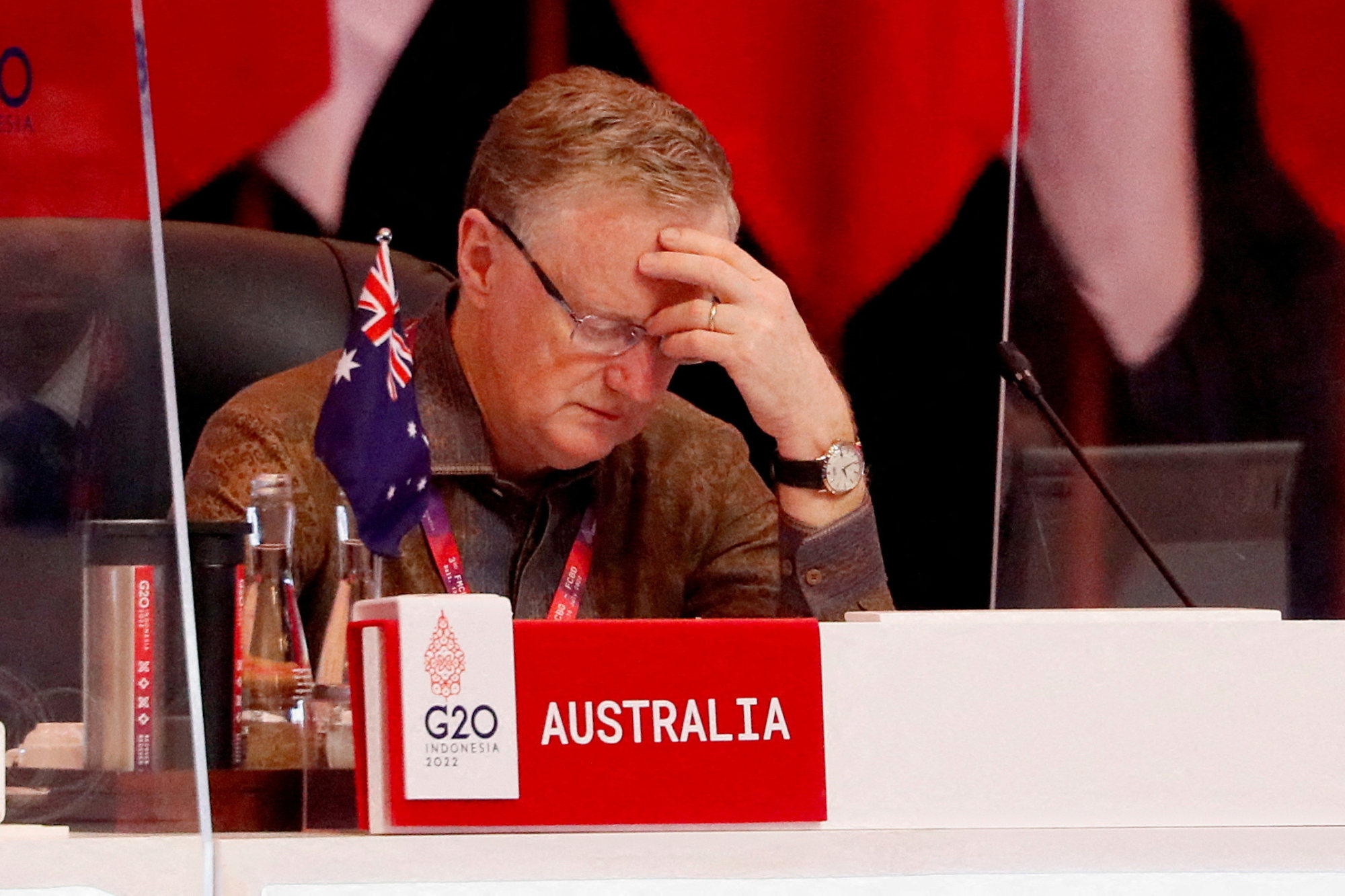
In Australia, a looming mortgage crunch hints at wider economic woes to come: ‘it’s never been this bad’
- Australia isn’t awash with desperate for-sale signs, but mortgage stress is mounting and defaults may soon follow – especially if unemployment spikes
- High inflation and interest rates have caused similar sorrow in the US and UK, but much of Asia has yet to feel the pain of soaring mortgage payments
When 49-year-old father of three Chris* put a deposit down on his family’s dream home in the up-and-coming Sydney suburb of Edmondson Park in 2018, the interest rate on his mortgage was just over 3 per cent.
Fast-forward five years, however, and the mortgage rate has now doubled to 6 per cent, leaving Chris – who already works two jobs, including as a part-time property cleaner – looking for a third so he can make the additional A$600 (US$400) a month in payments. But even if he finds one, he says it won’t be enough to cover the cost, on top of their higher living costs, and he will be forced to dip into his savings.
“I am mostly angry with the government because they know the root cause of this issue: quantitative easing, printing free money … this creates a bubble for all asset classes,” Chris said. “With relatively low interest rates before, the average person took on more debt to buy houses … but the good times came to an end when the rates increased.”

“Everything has gone up in price. This clearly affects the working person and not the millionaires who already own their houses.”
The cost-of-living crisis sparked a protest outside the Reserve Bank of Australia (RBA) when it met on Tuesday to make its latest rate decision, and a petition calling for the country’s “Big 4” banks – who have posted record profits this year – to stop passing the interest-rate increases onto ordinary families who are “struggling to afford mortgages or pay rents”, which had garnered nearly 8,000 signatures as of Friday.
RBA ultimately held off on a 13th rate increase at its Tuesday meeting, on the premise that inflation in Australia has already passed its peak. But the central bank, which has faced criticism for blindsiding the public by reneging on an earlier promise not to put up rates until 2024, did deliver a hawkish warning.
A property bust in Australia and a boom in Singapore? Look closer
“Some further tightening of monetary policy may be required to ensure that inflation returns to target in a reasonable time frame,” RBA governor Philip Lowe said in a statement.
Since the bank began its rate increases in May last year, mortgage rates have shot up from as low as 2 per cent to 6 per cent or more – marking the fastest rise in three decades.
But like many central banks, the RBA finds itself stuck between a rock and a hard place.
In his statement, Lowe acknowledged the “painful squeeze” many Australians were feeling on their finances, but emphasised that the bank “remains resolute in its determination to return inflation to target and will do what is necessary to achieve that” using the only real tool at its disposal – interest rates.

Prime Minister Anthony Albanese’s government has offered childcare subsidies and cheaper medical fees to help out unhappy voters, but from a macroeconomic perspective such handouts can do more harm than good as they act as a stimulus, further contributing to inflation.
On Wednesday, after the RBA held rates steady, Albanese faced the public’s wrath in a series of television interviews where he was repeatedly told of the torrent of emails being sent to the networks by ordinary Australians struggling to cope.
Such mortgage stress – the technical term for when homeowners are having difficulties making repayments, or devote more than 30 per cent of their income to servicing the debt – is not unique to Australia, and it sheds light on a wider global economic shift that’s already in motion.
This began with the pandemic and the structural changes to supply chains that it triggered, which in turn fuelled inflation and forced up interest rates – causing consumers to tighten their spending and cutting into businesses’ bottom lines.
Decreased earnings then translated into slower economic activity, leading to downturns, job losses and the possibility of recession – giving rise to added mortgage stress and creating a vicious cycle.

How bad is it?
Instead, property listings have tumbled, market data shows, as homeowners hold onto their houses to avoid selling at a time when soft demand is deflating prices.
Unlike in the US, “financial hardship arrangements”, in which banks help out homeowners by providing payment plans, are common in Australia, meaning few get – or want – to walk away from their mortgages by simply handing over the keys.
But this means that behind the scenes, many homeowners are having to scrimp and save, with those like Chris in Australia’s biggest housing market of Sydney telling This Week in Asia that they were dialling back on holidays and dining out. Some even said they’d had to cut back on their children’s education expenses.
There is a fair amount of stress, and that stress doesn’t have to be in the shape of absolute destitution but rather cutting back [and] changing spending habits
For those who cannot face the pressure, selling their homes at a loss may be the only option. Such “short-term selling” – offloading a property within two years of taking ownership, despite falling profits – is on the rise, according to property analytics firm CoreLogic Australia.
Nearly one-third of Australian mortgage holders, or about 1.43 million people, are currently facing mortgage stress, market research company Roy Morgan said on Tuesday – the highest level in a decade.
This was backed up by the latest consumer survey from property comparison website Finder’s, with about 41 per cent of respondents admitting that they struggled to repay their home loan in June.
Higher interest rates will cause pain in Asian property but no crisis
Homeowners elsewhere in the world don’t have it much better, either, against a backdrop of persistent inflation and rapid rate increases.
In the US, mortgage applications have been falling, leading Federal Reserve chief Jerome Powell to say last month that the central bank now sees “housing putting in a bottom”, adding: “We’re watching that situation carefully”.
Borrowers in Britain, like those in Australia, are nearing what’s been termed a “mortgage cliff”, as fixed-rate mortgages taken out for limited terms reach renewal, lumping homeowners with new repayment schedules and rates that are double or triple what they were only a couple of years ago.
The Japanese housing bubble that isn’t
In Australia, many people own property as an investment, due to mortgages being available to borrowers for an upfront deposit of as little as 5 per cent of the unit’s value, and investor-friendly policies such as “negative gearing” – or using borrowed money to buy an income-producing but ultimately loss-making asset, such as a rental property, to claim tax deductions.
Household debt in Australia stood at 211 per cent of net disposable income in 2021, according to OECD data, making it the highest in the Asia-Pacific.
‘Delinquencies will follow’
On the surface, low rates of defaults and delinquencies – or the nonpayment of debts – paint a picture of relative calm in Australia’s housing market.
Prime home loans – those with the lowest rates offered by banks to their lowest-risk customers – that were 30 days in arrears rose to 1.26 per cent in March from 1.05 per cent in December, according to a Moody’s Investors Service report released on Wednesday, while arrears for nonconforming mortgages – loans to borrowers with adverse credit histories – rose to 4.04 per cent from 3.35 per cent.
These number may be “small” but that’s how the banks designed it, so that they don’t have large arrears devaluing their loan books, according to Martin North, founding principal of Australian market researcher Digital Finance Analytics (DFA), who said that about 65 per cent of banks’ balance sheets in Australia were tied up in mortgages.
“So while people are staring at low default rates, in fact there is a fair amount of stress, and that stress doesn’t have to be in the shape of absolute destitution but rather cutting back, changing spending habits,” he said.

“Delinquencies will follow, but for now the banks are ‘extending and pretending’ by offering longer-term refinancing, interest-only [mortgages] and other measures.”
Anecdotally, one professional couple who did not want to be named told This Week in Asia that they were about to cut a deal with their bank to only pay the interest on the mortgage they took out for a A$1.4 million (US$935,000) beachside town house in the Maroubra suburb of Sydney last year – easing the current strain on their wallets at the cost of a longer, more expensive repayment schedule.
North said delinquency rates were not necessarily the best gauge of looming market troubles, with his firm’s own tracker of household debt versus income in a rolling sample of 52,000 households revealing a leap in the proportion of mortgage-stressed households to about 50 percent today from just over 30 per cent in 2019.
“It has never been this bad. Rates will rise further, more people will decide to sell, but the rental sector is so tight, that I think many will try to hunker down and spend less – and the main impact will be on retail spending which is 60 per cent of the economy,” he said.
Downside risks, and recession?
Mortgage broker Dion Villiers said he was most worried about the impact that high interest rates would have on jobs, the availability of affordable housing and the economy as a whole.
It’s particularly acute for small employers like one of his clients, a truck driver in Sydney’s Bankstown suburb, who is struggling with mortgage payments on two houses after his earnings retreated on the back of rising fuel costs, insurance expenses and fewer customers.
“He’s calling two to three times a day,” Villiers said. “Small business owners will have to start laying people off.”
A spike in unemployment poses the biggest threat, according to Louis Christopher, managing director of property analytics firm SQM Research.
“In this country, it’s very much the case that people’s houses are the very last thing to go … all the discretionary activity generally goes before the house goes,” he said.
That’s what creates the recession, because you have a slowdown in spending … and that’s where you start to see a rise in unemployment
“But that’s what creates the recession, because you have a slowdown in spending … and that’s where you start to see a rise in unemployment [followed by home foreclosures].”
This is the tightrope that the RBA has to walk, and governor Lowe, in his statement on Tuesday, alluded to an “uncertainty surrounding the economic outlook”.
The impact on spending is already being felt at Michael’s* Asian-fusion restaurant Goji in the west of Sydney.
Turnover has fallen by A$20,000 (US$13,350) a week for the past few months, he said, while his own mortgage payments have risen by A$5,000 a month.

To remain open and keep all his 70 employees, Michael said he had to cut back on having “nice things”. He said his dinner service was doing well but the number of lunch patrons had dropped, as This Week in Asia saw on a tour of the restaurant on a recent quiet Friday afternoon.
“Many are making sandwiches at home,” he said, adding that some neighbouring restaurants were now considering selling up and moving on.
There is one silver lining, according to Villiers, who said many homeowners had saved up over the pandemic and would be able to sustain themselves until interest rates go back down.
In its Financial Stability Review in April, the RBA itself said it was confident that “continued strength in the labour market and sizeable savings buffers” would protect Australians from the worst effects of higher interest rates – although it acknowledged “this resilience is unevenly spread”.
China’s savings glut is no guarantee of recovery via ‘revenge spending’
But for Diana Mousina, a senior economist at financial services company AMP, the central bank is being too optimistic.
Recent borrowers, those who took out loans between 2020 and mid-2022, have had precious little time or opportunity to save, she said in a March note.
“These households have not had time to build prepayment buffers, have faced large declines in home prices, have had a very fast repricing of mortgage rates, are more likely to have taken out larger loans and were probably not stress-tested for the current increase in interest rates,” she said.
“We think that the downside risks to the household sector are greater than the Reserve Bank is estimating.”
*Full name withheld at interviewee’s request

